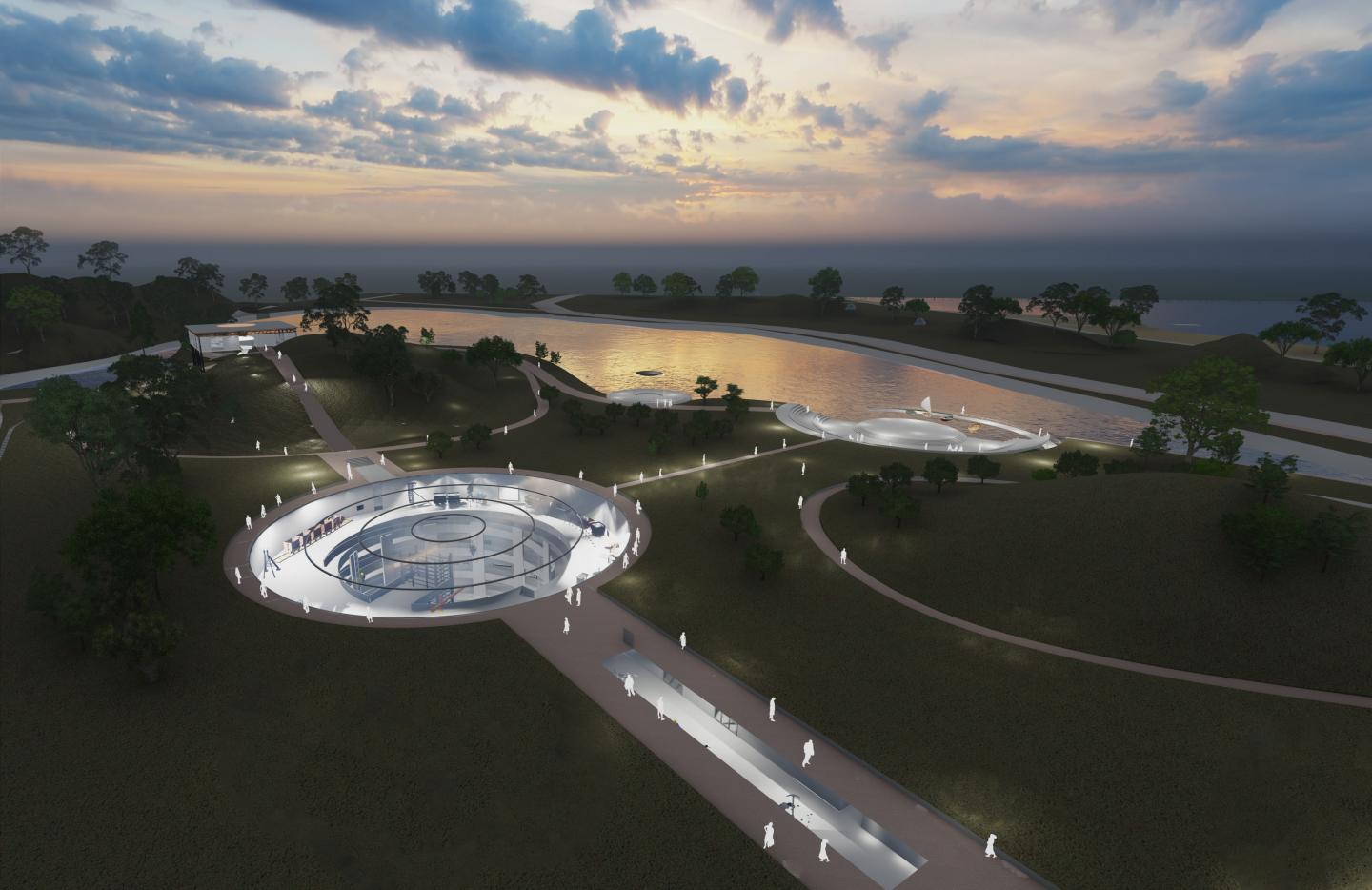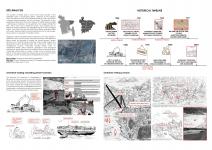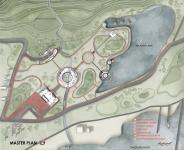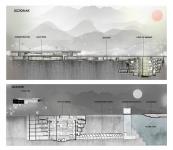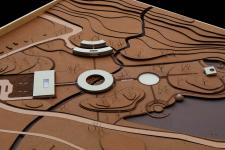Abandoned quarries offer considerable potential as tourist attractions, as they highlight the historical significance of the materials used in local construction and stand as cultural landmarks. In the case of Niladri Lake, located in the northeastern part of Bangladesh near the Indian border, it is a quarry lake formed from an abandoned limestone quarry in the Takerghat region of Sunamganj. Originally a site of industrial limestone extraction, the area played a significant role in the local and national economies, with limestone being mined for decades to supply the Assam Bengal Cement Factory (now Chhatak Cement Factory). By 1961, geological surveys revealed significant limestone deposits in Takerghat, estimating around 132.5 million metric tons across five drilled pits, and by 1980, over 1.66 million metric tons of limestone had been extracted through open-pit mining. After mining ceased, the abandoned quarry gradually filled with water from rainfall and underground sources, eventually forming Niladri Lake. To understand Niladri Lake's historical, geological, and ecological significance, the project follows its evolution from an industrial site to a restored natural body of water.
The project aims to retain the true geological narrative of the site within the form of an experience center and focus on the rejuvenation and regeneration of these abandoned lands to restore the lost balance with nature and its surrounding context. The lake, created from an abandoned limestone quarry, has become a significant tourism destination known for its clear blue waters and scenic surroundings.The concept of open-pit mining inspires the design and the methodical removal of earth involves integrating the essence of mining techniques into the architectural and spatial design. The experience center can feature a terraced layout by mimicking the stepped nature of open-pit mines. Through thoughtful conservation strategies, the Takerghat quarry can serve as a powerful reminder of the region’s history while contributing to its future as a vibrant tourism destination.
The transformation of the abandoned limestone quarry in Takerghat, into a thriving tourism hub is not just an innovative development project but also a significant step towards sustainable economic growth and environmental conservation. The reclamation of the limestone quarry focused on restoring the natural ecosystem while integrating sustainable practices. Engaging local communities has been pivotal to the project's success. The involvement of locals in the planning and development stages has ensured that the project meets the needs of those most affected by the quarry's previous operations. The creation of job opportunities, particularly in the tourism and hospitality sectors, has provided economic stability and improved the quality of life for residents. By incorporating elements of Takerghat's rich cultural heritage and history into the tourism hub, the project has fostered a sense of pride and ownership among the local population
Exhibition galleries showcasing the variations of limestone and the equipment used in limestone mining can offer a fascinating and educational experience. Provides an overview of limestone, its geological formation, and its importance in various industries. Through thoughtful conservation strategies, the Takerghat quarry can serve as a powerful reminder of the region’s history while contributing to its future as a vibrant tourism destination. As the project continues to evolve, it will be crucial to uphold the principles of sustainability and inclusivity to ensure its long-term success and benefit to the region.
2024
The Experience Centre is strategically positioned at the core of the plan, seamlessly blending into the natural landscape. The Chora, a significant watercourse, is preserved in its original flow, subtly shaping the architecture as it traverses through the center. This integration ensures a dynamic and organic form, maintaining harmony between the built environment and nature.
Designed with subterranean architecture, the center immerses visitors in the raw essence of a limestone quarry. The use of concrete and limestone textures replicates the rugged quality of the original excavation site, making visitors feel as though they are stepping into an active quarry. Carefully placed light wells cast dramatic shadows and illuminate geological formations, enhancing the underground experience. To deepen realism, background sounds of mining activities—the rhythmic clinking of tools, the rumble of carts, and distant echoes—create an immersive atmosphere, transporting visitors to the past.
The exhibition galleries narrate the site’s evolution, illustrating geological transformations, landscape variations, and the history of limestone extraction in Takerghat. Interactive displays highlight the daily lives, tools, and techniques of miners, offering a tangible connection to the region’s industrial past. A specially designed tunnel resembling a natural limestone cave features textured walls adorned with stalactites and stalagmites, reinforcing the authenticity of the experience.
In alignment with the site’s topography, accommodation facilities are carefully positioned, respecting the natural contours of the land. This approach minimizes environmental disruption while offering visitors a tranquil stay immersed in the quarry landscape. Additionally, waste soil from the excavation is repurposed into sculpted spoil mounds, blending seamlessly with the terrain and enhancing the site's visual appeal. By prioritizing ecological preservation, sensory immersion, and architectural integration, the Experience Centre creates a multi-sensory journey through Takerghat’s mining heritage, offering visitors a profound connection to the site’s history while ensuring sustainable development.
Name: Upama Talukder
Studio Masters: Dr. Sajal Chowdhury, Rezuana Islam
Supervisor: Pranjib Paul
Unveiling the Depths: Transforming an Abandoned Limestone Quarry into a Tourism Destination by Upama Talukder in Bangladesh won the WA Award Cycle 50. Please find below the WA Award poster for this project.

Downloaded 0 times.
Favorited 2 times
